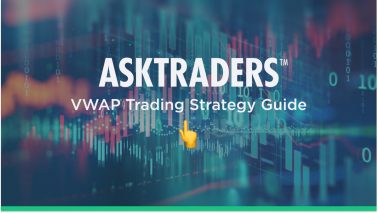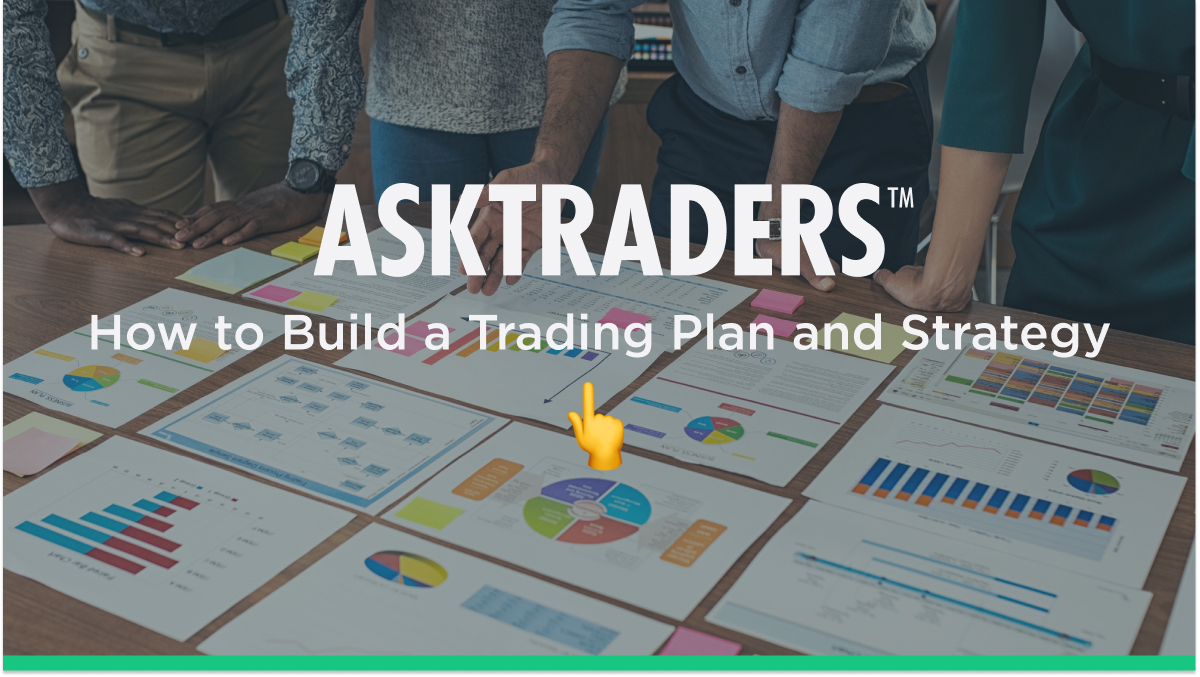Trading Strategies (29)
Whether you’re a new or experienced trader, trading strategies play an important roll in how successful – and profitable – you will be.
Your trading strategy will always reflect your unique trading style. Are you a maverick that sees opportunity where others see risk or does slow and steady win the race? If you don’t know who you are, the market is an expensive place to find out.
When it comes to trading strategies, there is no one-size-fits-all approach. That’s why here, at AskTraders, you’ll find trading strategies and top tips to suit every trading style. So, start planning your next successful trade today with the help of our expert strategy guides.
What is a trading strategy?
Trading strategies are a plan to achieve risk-adjusted returns on investments. The idea is to build investment objectives based on predefined risk, time horizon, inflation, tax implications and exigencies.
Trading strategies can either consist of fundamental or technical analysis separately or a combination of both. While fundamental strategies are generally news-driven, a technical analysis strategy, for instance, could involve buying/selling assets based on moving average crossovers. Lastly, trading strategies involve planning, execution, monitoring, managing and are applicable across scalping, day, swing and positional trades.
How to learn trading strategies?
If you’d like to learn trading strategies and how various traders employ them, you could easily look-up the several free online resources across a range of markets. One such online resource is Asktraders.com, where we’ve put up dozens of strategies for multiple time frames and indicators.
However, if you’re a beginner in the financial markets, it’s best to enrol for online classes where you can gain firsthand experience on how the strategies play out in real-time markets.
How to create a trading strategy?
Trading strategies are typically designed on the investment objective and could vary based on the investment type – Active or passive. While the former involves holding positions for shorter periods, the latter is generally for long-term investors. Here are some ways to create trading strategies for various trading/investment types:
- Scalping – Since the strategy is to profit from small price gaps in the bid-ask spread, the key is to identify liquid assets for speedy entry/exit.
- Day trading – Here, the idea is to enter/exit a trade by the end of the day’s session. So, the strategy would be to look for short-term breakouts on momentum stocks.
- Swing trading – The short-term strategy involves identifying a range-bound market to capture a swing (from the low to the high or the other way around) or wait for a breakout to enter.
- Positional – These are trend-following strategies that last from a few weeks to a year. The strategy involves going long/short in an asset when prices close above chart resistance or below support correspondingly and holding on to the trade until you meet the target.
How to backtest a trading strategy?
There are two ways to backtest a trading strategy:
- Manual backtesting – To backtest a strategy manually, include indicators or drawing tools to the chart. Next, manually scroll the chart to the period from where you’d like to backtest. Finally, go forward one period at a time to see how your strategy has performed.
- Automated – Here, the strategy is to enter/exit trades automatically by using a software program. Automated backtesting via expert advisors (EAs) or trading robots is the preferred method not only to verify the potential outcome of a strategy but also to monitor several other trading parameters.
What is the simplest intraday trading strategy?
One of the simplest intraday trading strategies is the pivot points. The formula is the sum of the market high, low and closing prices during the previous session. In other words, Pivot (P) = (High + Low + Close)/3. While you can use pivot points across various timeframes, for intraday strategies, it is best to plot it on daily prices. Pivots generate three supports and three resistances
- Support 1 = (2 x Pivot Point) – High; Resistance 1 = (2 x Pivot Point) – Low
- Support 2 = Pivot Point – (Resistance 1- Support 1); Resistance 2 = (Pivot Point – Support 1) + Resistance 1
- Support 3 = Pivot Point – (Resistance 2- Support 2); Resistance 3 = (Pivot Point – Support 2) + Resistance 2

































